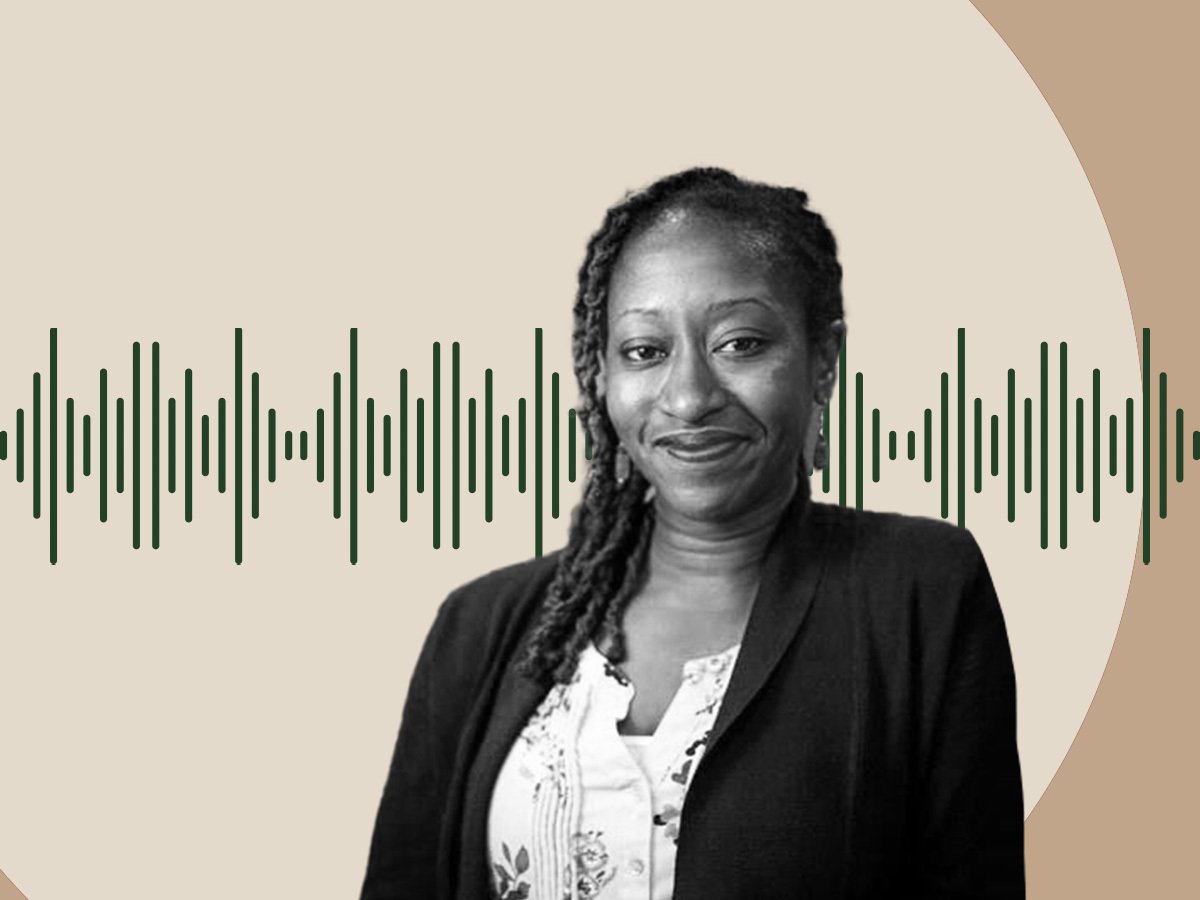
“Philanthropy is a team sport,” observed David Risher at a webinar sponsored by the Boston-based nonprofit United for a Fair Economy earlier this month. As NPQ reported last year, spurred by the pandemic, Risher, an Amazon executive in the late 1990s and early 2000s, and his wife Jennifer, launched their #HalfMyDAF campaign in May 2020 to encourage donor-advised fund (DAF) holders to distribute at least half of their DAF holdings to nonprofits by September. To sweeten the pot, the Rishers organized a $1.4 million fund to match disbursements up to a cap ($10,000 in most cases), with winning nonprofits selected by lot.
As NPQ has regularly noted, the past year has seen a record shift in income and wealth from low-income individuals to people at the top, marked by record stock gains for the well-to-do. Even as US households in the bottom quartile have faced mass unemployment (above 20 percent), the Dow Jones last week briefly passed a record 34,000. Many among the wealthy have held onto their gains, but some have been galvanized by the crisis to step up.
In 2020, the Rishers noted that, “Too often, money remains in funds due to inertia or to the ‘paradox of choice.’ In those cases, the money sits untouched, waiting for the original donor to step forward and put the money to work.” The match, they hoped, would dislodge that inertia. Making giving a team sport might help too. (The same concept informs the rapidly growing giving circles movement.) The 2020 results for the Rishers can be seen on this spreadsheet. All told, the $1.4 million match helped spur 922 grants to 753 nonprofit totaling $7.26 million, with 340 of those donations receiving donation matches.
It is a valiant effort, and, as the Rishers point out, they aim to inspire many more people who might not register with #HalfMyDAF but who might nonetheless be induced to increase their DAF payouts. DAFs are a big target. As NPQ reported last month, as of the end of 2019, DAF holdings totaled $141.95 billion. In 2020, it appears that about one in four of those dollars—a record percentage—made it into the hands of nonprofits. That still means roughly three in four were rolled over into 2021.
In 2021, the Rishers have launched #HalfMyDAF again, which is why they were at the UFE webinar. This year, with their daughters and two other families contributing to the match pool, the overall match fund has been increased to over $3.1 million, with the goal of spurring $20 million in DAF disbursements. This time, too, $2 million of the $3.1 million-plus in matching funds is focused specifically on providing matches for donations that support “racial justice, climate & environment, education in underserved communities, and reproductive health.”
The Rishers, of course, are hardly the only ones seeking to free up wealth for social benefit. Another group—one that has been pursuing this path for over two decades—is Resource Generation (RG), which defines itself specifically as “a multiracial membership community of young people (18–35) with wealth and/or class privilege committed to the equitable distribution of wealth, land, and power.”
The politics of RG are far more explicit, but it also faces a gap between charitable intention and actual donations. As the RG website details, “we know that there are large amounts of invested capital held by our members and their families. Participants reported giving $68 million in 2020, but in the 2018 survey (the most recent) RG constituents reported assets of $1.9 billion individually.”
In other words, in 2020, RG members donated about 3.6 percent of net assets. Relatively speaking, that number is high. By comparison, a report based on 2018 data of America’s top ten billionaires found that the average billionaire donated only 0.94 percent of net assets. But still, RG members believe they can do better. In particular, if 3.6 percent of net assets are donated, that means 96.4 percent are not—and, if those assets are invested on Wall Street or in private equity, then, much like many foundations or giving pledgers, the good work done by the donor hand could be undone by the investing arm.
Sign up for our free newsletters
Subscribe to NPQ's newsletters to have our top stories delivered directly to your inbox.
By signing up, you agree to our privacy policy and terms of use, and to receive messages from NPQ and our partners.
To avoid this loophole, RG has pledged to “move boldly around investments as a complementary strategy to social justice philanthropy” with the aim that members will invest a sizeable amount of that $1.8 billion-plus in member assets in alignment with their social justice goals. The group’s transformative investment principles, announced earlier this month, read as follows:
- Transformative investing resources a solidarity economy that works for all by pulling money off of Wall Street to invest in community wealth building.
- Redefine “impact investing” to mean investing in the most impacted by injustice and trusting their leadership.
- Redefine “return” to mean “returning to right relationship” to people and planet.
- Redefine “risk” to visibilize who has been placed at “RISK” in order to accumulate wealth for investors, and who is assuming risk to make a new future possible.”
- A return to right relationship requires repair at the personal, interpersonal, and structural levels.
- Reclaim our investment story to move toward repairing relationship and sharing land, wealth, and power.
- Reclaiming leads to reimagining new possibilities for the equitable distribution of wealth, land, and power.
- Leverage our power to shift power by using our unique vantage point and positionality in coordinator with movements.
- Embodying solidarity builds this new economy where we all get to thrive.
- Joyfully dance our way to abundance for all.
At a national Zoom convening to celebrate the release of these investing principles, Nwamaka Agbo of the Kataly Foundation noted that the investment principles align with the projects Kataly is supporting, which “are rooted in building political power.” Agbo adds that the principles provide a “helpful grounding point,” making the movement “accountable to our commitment to redistribute our land, wealth and power.”
Another speaker at the event was Jessica Norwood, founder of Runway, an effort to raise startup loans and technical assistance for Black-owned businesses. Norwood noted that her remarks came “at a time of distress” marked by mass closures of Black-owned businesses, many of which were owned by women. “I wonder what we will call this moment in history,” she asked. “An economic extinction,” she answered.
The past year, Norwood points out, shows why the principles matter. “We know investing can be extractive,” she adds. Norwood emphasized the fifth principle of right relationship, noting that her nonprofit “sent universal income payments to our entire portfolio” to cushion the blow of COVID-19.
For his part, Michael Johnson, director of advancement for the NDN Collective, highlighted the principles for redefining “what a return in investment can be” and called for a goal of “generational community prosperity.” Kate Poole of Chordata Capital called for centering “reparative” investments, while her Chordata partner Tiffany Brown lifted up RG’s vision of an “equitable distribution of land, wealth, and power.”
There are overlaps between the two efforts. Sara Sargent, Resource Mobilization Director at UFE who was master of ceremonies for the #HalfMyDAF event, is herself an RG member. Another UFE event attendee commented on the shift in mentality required. This participant expressed surprise at “people who let money sit in their DAFs,” adding that, “If you want to walk your talk, you’ve got to grant it out.”













